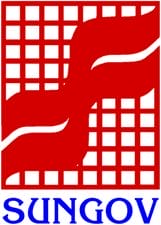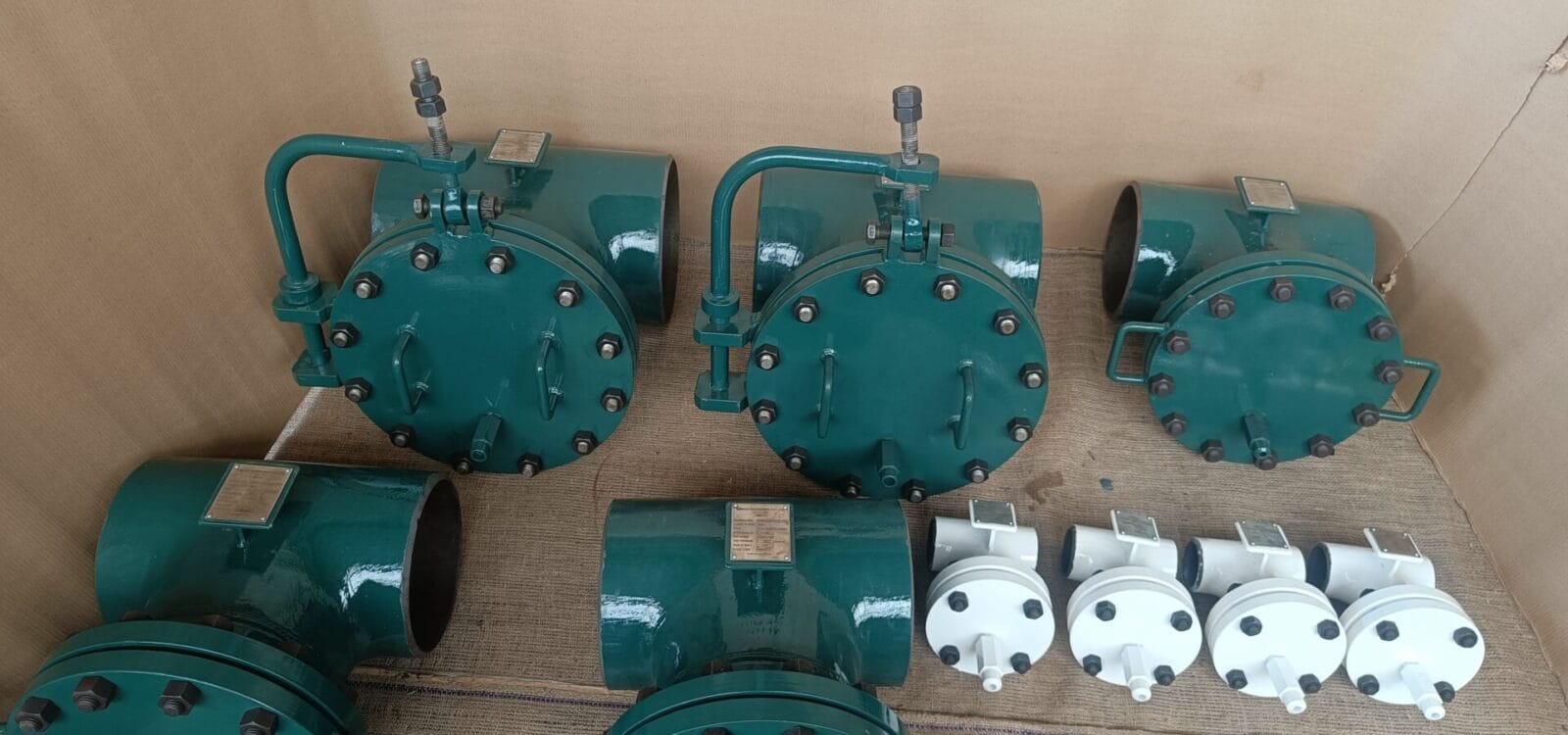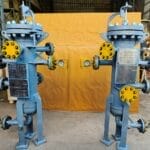A strainer is usually by far the most important but often overlooked component in any industrial pipeline system. These devices may look simple compared to heavy-duty pumps, compressors, or valves, but they play a critical role in keeping the system running smoothly. Strainers in pipeline applications act as the first line of defence. They help in removing dirt, rust, scale, and other unwanted particles before they reach sensitive equipment. Choosing the right strainer can mean the difference between uninterrupted operations and costly downtime.
So, how do you decide which strainer is best for your pipeline system? Let us help you make the task easier.
Why Strainers in Pipeline Systems Matter
Imagine running a pipeline carrying steam, oil, water, or gas without a proper filter. Even the smallest particles can clog valves, damage pumps, or reduce the efficiency of heat exchangers. Over time, this leads to energy loss, increased maintenance costs, and unplanned shutdowns.
Strainers in pipeline systems prevent such issues by catching debris early. Whether it’s protecting a boiler from rust flakes in steam lines or keeping pumps free of sand in water systems, strainers ensure equipment longevity and smooth flow. In other words, they are small investments with huge returns.
The Different Types of Strainers Available

Not all strainers are created equal. The type you choose depends on the medium flowing through the pipeline, the system’s operating pressure, and how easy it is to clean or replace the strainer. Let us look at some commonly used types.
Y Type Strainers
One of the most popular designs, Y type strainers are shaped like the letter “Y,” with a mesh filter at the angled branch. They are compact, versatile, and suitable for pipelines carrying water, oil, gas, and even steam.
Y type strainers are especially useful when you need a solution that doesn’t take up much space. They can be installed either horizontally or vertically, depending on the direction of flow. Because of their design, they are easy to clean by removing the cap at the bottom and flushing out the debris.
If you’re dealing with steam strainers, Y type strainers are a top choice since they can withstand high pressures and temperatures without compromising efficiency.
T Type Strainer
As the name suggests, the T type strainer is shaped like a “T.” It’s smaller than the Y type and is designed for applications with smalller filtration capacity. Unlike Y-strainers, T-type strainers often offer smaller surface area for debris collection, making them suitable for smaller flow systems or applications with lower particulate loads.
These strainers usually have a basket-style mesh element that can trap the debris. They are ideal for protecting pumps and compressors in critical operations where even the slightest damage can lead to expensive downtime.
Steam Strainers
Steam is one of the most demanding mediums to handle in a pipeline. High pressure and temperature can quickly damage equipment if debris isn’t filtered out. Steam strainers are specially designed to withstand these conditions.
Typically, Y type strainers are used as steam strainers due to their robustness and ability to handle harsh environments. They are installed upstream of traps, valves, or turbines to ensure only clean steam passes through. By catching dirt and scale, steam strainers prevent issues like erosion, leakage, and equipment wear.
For industries like power generation, chemical processing, and refineries, investing in the right steam strainer is not optional—it’s essential.
Factors to Consider When Choosing Strainers in Pipeline
Now that we’ve covered the basic types, let’s look at what you should keep in mind before selecting one for your system.
Type of Fluid
The medium flowing through the pipeline plays the most important role. Steam strainers need high-temperature tolerance, while oil or fuel systems require strainers resistant to corrosion and chemical reactions. For water systems, a wide range of options is available depending on the level of impurities.
Operating Pressure and Temperature
A strainer must be designed to withstand the maximum operating pressure and temperature of the system. Y type strainers are excellent for high-pressure pipelines, while T type strainers are more suited to small-volume applications with moderate pressures.
Maintenance Requirements
Every strainer needs periodic cleaning. Y and T type strainers are both easier to clean.
Space Constraints
In compact installations, space is a major consideration. Y and T type strainers are the go-to option where pipelines are tight and layouts don’t allow bulky equipment.
Cost vs. Reliability
It may be tempting to go for a cheaper option, but strainers are long-term investments. A low-quality strainer may fail under pressure, leading to equipment damage worth much more than the initial savings. Always balance cost with durability and performance.
Practical Examples
- In a boiler steam line, a Y type steam strainer prevents rust particles from reaching traps and control valves.
- In a cooling water system, a T type strainer ensures pumps don’t get clogged with debris, avoiding interruptions in industrial cooling.
- In oil and fuel pipelines, strainers help protect burners and engines from dirt that could otherwise reduce efficiency.
Each of these examples show how a small component can safeguard expensive equipment and processes.
Why Partnering with Experts Matter
While understanding the types and applications of strainers in pipeline systems is important, selecting the right one often requires expert input. Every system is unique, and factors like fluid composition, pressure variations, and cleaning frequency can make a big difference.
This is where a trusted engineering partner like Sungov Engineering comes in. With expertise in designing and manufacturing high-quality strainers, Sungov Engineering ensures that every product is built to withstand demanding industrial environments. From Y type strainers to T type strainers and steam strainers for critical systems, Sungov Engineering provides solutions tailored to your needs.
To Conclude
Strainers may not be the most glamorous components in a pipeline system, but they are among the most crucial. Choosing the right one—whether it’s a Y type strainer for compact, high-pressure systems, a T type strainer for small-duty operations, or specialized steam strainers for high-temperature applications—ensures smooth operations, reduced maintenance, and long-term cost savings.
The next time you’re setting up or upgrading a pipeline, remember that a reliable strainer isn’t just an accessory—it’s your system’s first shield against wear, tear, and unexpected breakdowns.
Frequently Asked Questions
Strainers in pipeline systems remove dirt, rust, and debris from the fluid before it reaches sensitive equipment like pumps, valves, or turbines. This helps prevent blockages, equipment wear, and costly downtime, ensuring smooth and efficient operations across industrial applications.
Y type strainers are compact, Y-shaped filters used to trap solid particles from fluids such as water, oil, gas, or steam. They are ideal for high-pressure or high-temperature pipelines and can be installed horizontally or vertically. Commonly used as steam strainers, they help protect boilers, traps, and control valves from debris.
A T type strainer is designed for lower-flow systems and offers a smaller filtration surface compared to a Y type strainer. It features a basket-style mesh that collects debris efficiently, making it ideal for protecting pumps and compressors in compact or low-pressure applications.
Steam strainers play a critical role in filtering scale, rust, and dirt from steam lines before they reach traps, valves, or turbines. Typically designed as Y type strainers, they can withstand extreme pressure and temperature, preventing erosion, leaks, and energy losses in industrial steam systems.
Select your strainer based on the type of fluid, operating pressure, temperature, and maintenance needs. For example, Y type strainers suit high-pressure and steam lines, while T type strainers are better for smaller, low-flow systems. Consulting experts like Sungov Engineering ensures you get the most efficient and durable solution for your application.




